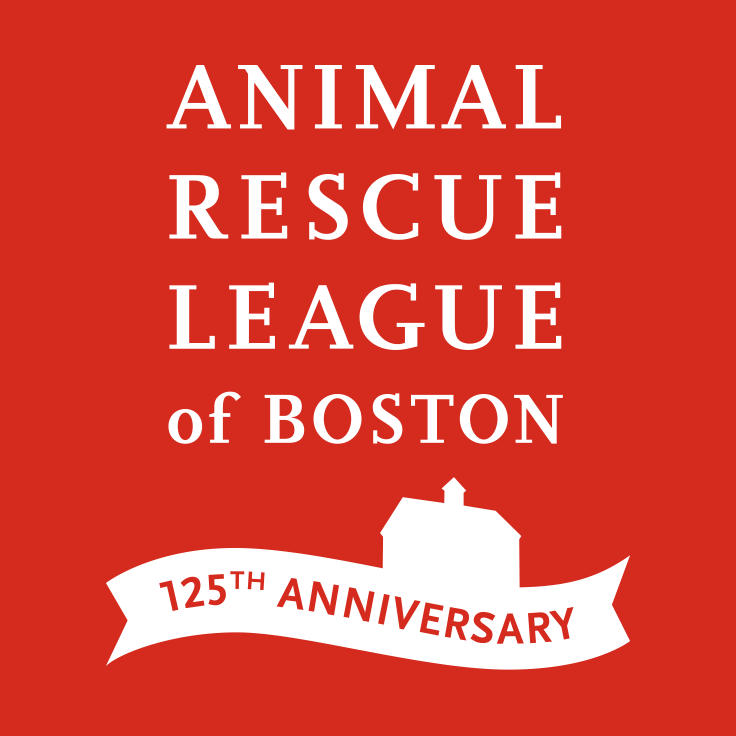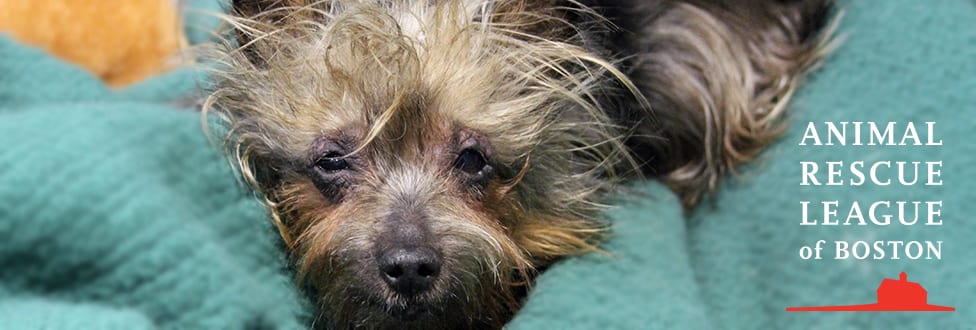Animal Rescue League of Boston (ARL) Removes 25 Dogs from Hoarding Situation
Animal abuse is cruel – but it is not always intentional – It can be a sign or product of Human illness
ARL’s Law Enforcement Department is committed to preventing animal cruelty, neglect and suffering in Massachusetts. This is achieved in numerous forms: from citations and filing animal cruelty charges, to working with, and educating pet owners. The latter played a large role during a recent hoarding incident.
Assisting local officials, ARL Law Enforcement recently removed 25 dogs from a Central Massachusetts property, which are now in the care of ARL. DUE TO THE SENSITIVE NATURE OF THE CASE, ARL WILL NOT BE RELEASING THE LOCATION OR NAMES OF THE PARTIES INVOLVED.
In this particular case, there were no signs of intentional or egregious levels of neglect or abuse; due to extenuating circumstances the animal owners were simply overwhelmed.
Hoarding situations are delicate, and ARL’s law enforcement officers recognize that compassion must be given to both the animal and human players involved.
“Any time we have a hoarding case, we are cognizant to both the animal concentration and the owner awareness,” said Darleen Wood, ARL’s Associate Director of Law Enforcement. “As much as we consider the mental and emotional state of each animal, we duplicate this concern for the animal owner. We do not approach any of these cases with judgement or insolence and each case is unique and each animal owner requires individualistic services which could include elderly, veterans or addiction services.”
Along with contacting human service agencies, ARL Law Enforcement has also coordinated an effort to help the animal owners clean up their property in order to retain ownership of several dogs.
Animal Hoarding Explained
Animal hoarding is a serious, yet under-recognized community issue in Massachusetts that is responsible for extensive animal suffering. It can often be associated with adult self-neglect and/or mental illness, and animal hoarding can also put children, the elderly, dependent adults, property, and public health at risk. Unfortunately, the hoarding situations that ARL encounters are becoming more frequent, and increasingly complex.
Animal hoarders typically fall into one of the three following groups:
- Overwhelmed caregivers are often well-intentioned in their behavior and experience a steady decline in animal caretaking ability due to changes in financial or medical circumstances.
- Rescue hoarders are those who acquire animals due to their strong sense of mission to save animals from death or other circumstance and will not seek the assistance of animal welfare agencies or authorities.
- Exploiter hoarders acquire animals to serve their own needs and lack guilt and remorse for the harm that their actions may cause animals or other humans.
The four main characteristics of animal hoarding are:
- Failure to provide minimal standards of sanitation, space, nutrition, and veterinary care for animals.
- Inability to recognize the effects of this failure on the welfare of the animals, humans in the household, and environment.
- Obsessive attempts to accumulate/maintain a collection of animals in the face of progressively deteriorating conditions.
- Denial or minimization of problems and living conditions for people and animals.
ARL’s Law Enforcement Department is here to help, and if you know of or suspect a hoarding situation you can call 617-226-5610 or email cruelty@arlboston.org.
Support ARL’s Law Enforcement Efforts
In 2016, ARL’s Law Enforcement Department inspected nearly 2,300 kennels, farms and pet shops; assisted 151 local police and state agencies; prosecuted 68 individuals involved or accused of animal cruelty/neglect; and was the lead agency on the Northeast’s largest animal cruelty case in Westport, MA, which involved more than 1,400 animals.
ARL does receive any government funding and relies solely on the generosity of individuals to continue our important work. Please donate today to help animals in need!


